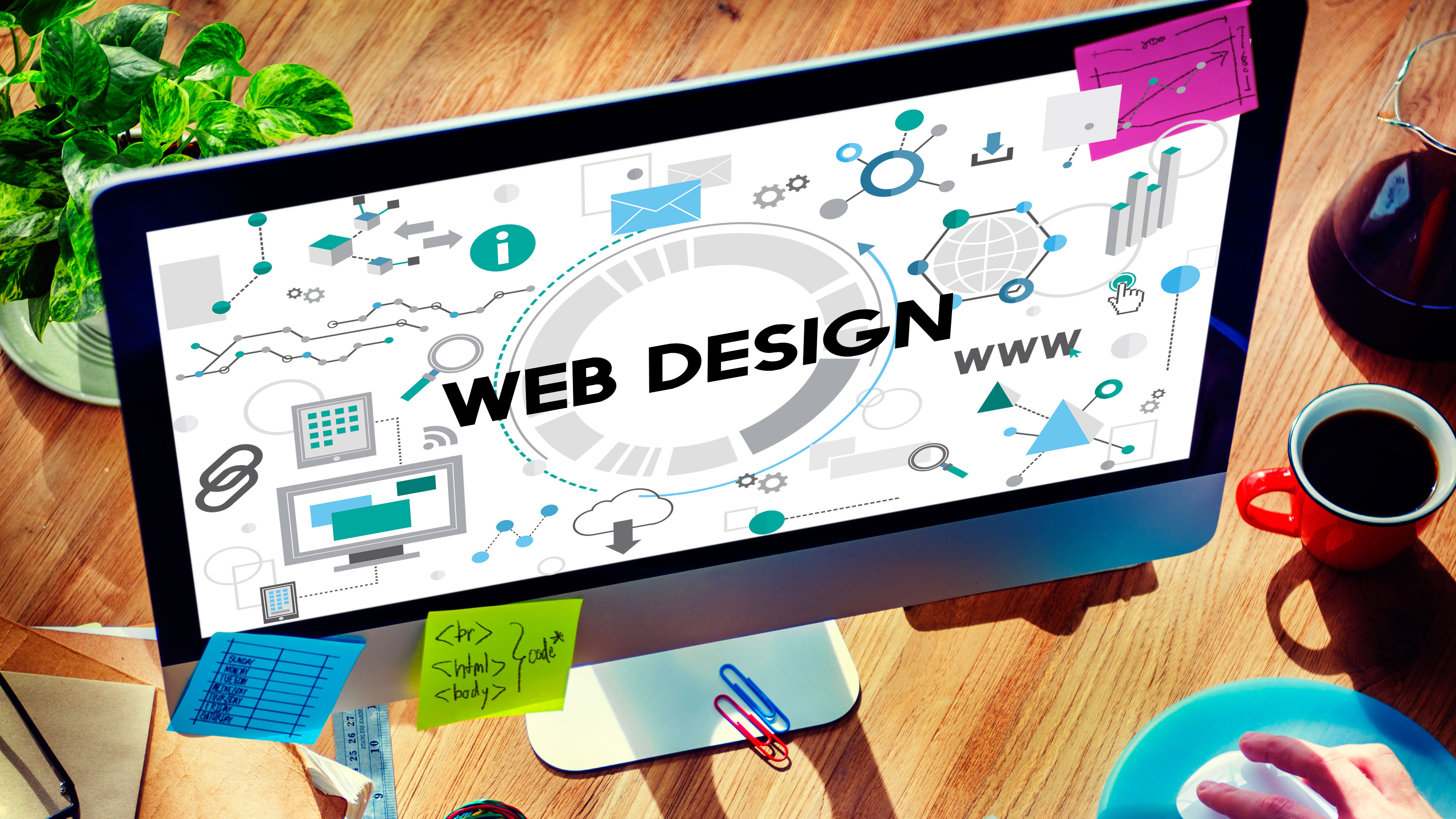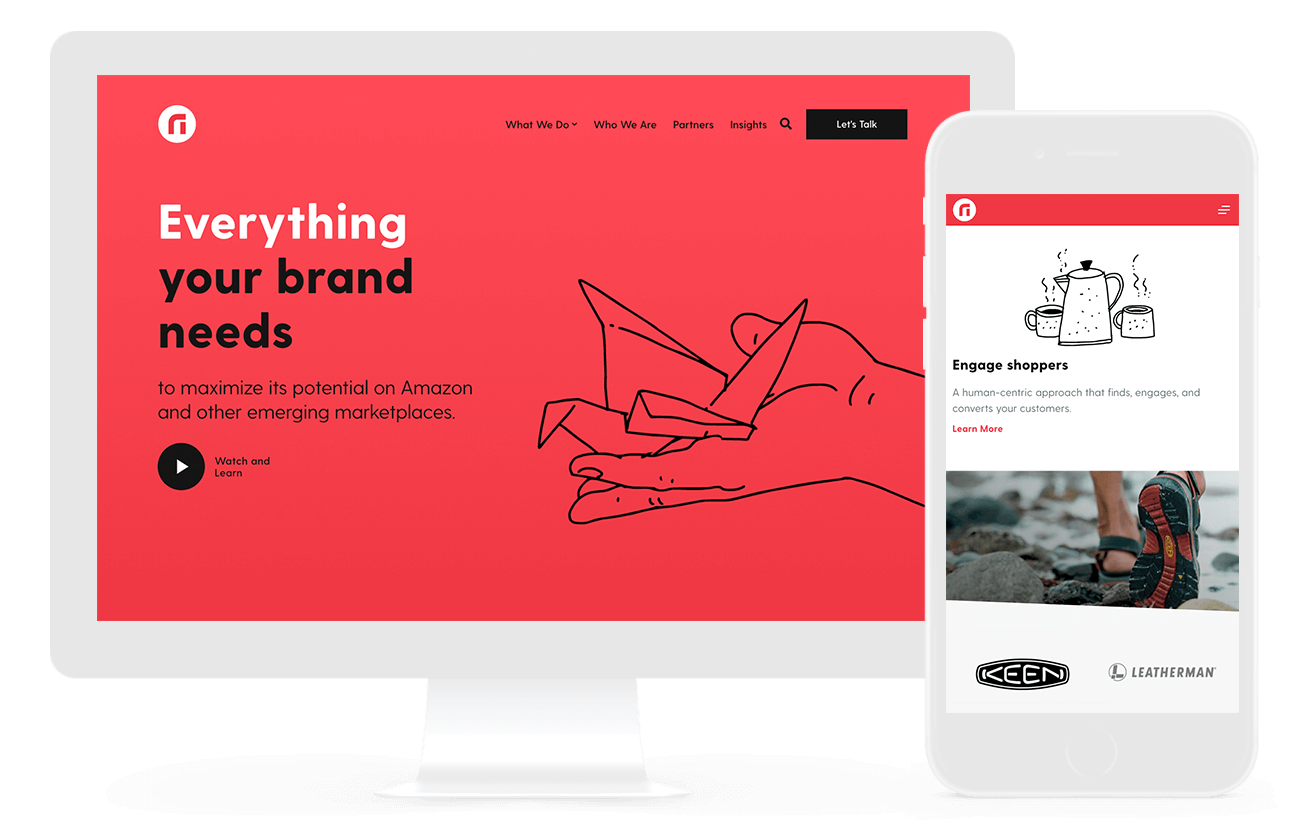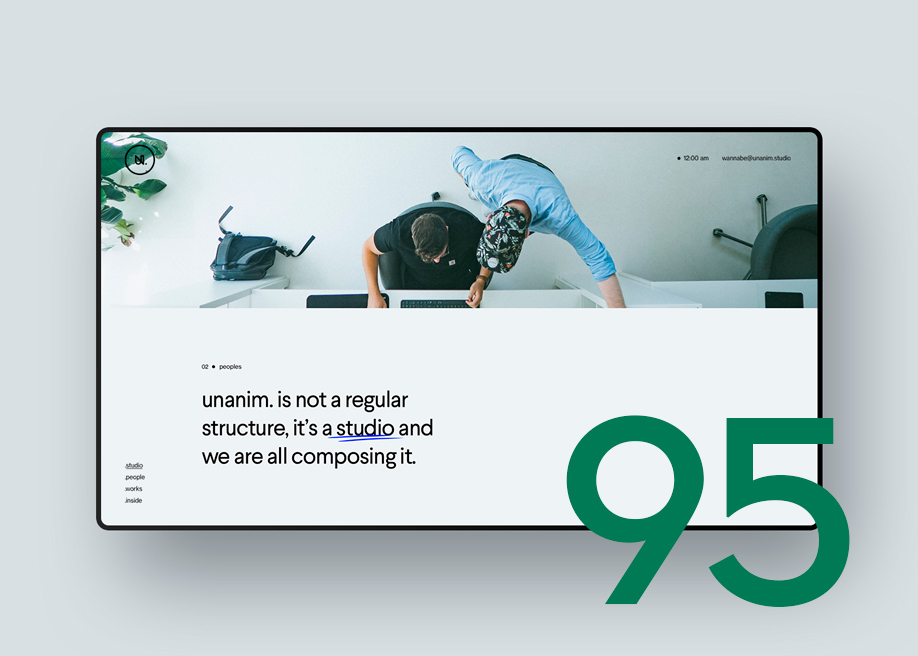All Categories
Featured
Table of Contents
- – Web Design - Entrepreneur Tips and Tricks:
- – 34 Of The Best Website Designs To Inspire You...
- – Web Design Studio & Digital Marketing Agency ...
- – Web Design - Linkedin Learning, Formerly Lynd...
- – Web Design Ledger: Homepage Tips and Tricks:
- – Otc Web Design Girdwood, Alaska - Web Design ...
- – The Top Ecommerce, Website Design ... - Seat...
- – Lifted Logic: Web Design In Kansas City - Se...
- – Html Responsive Web Design - W3schools Tips ...
- – The Top 10 Most Important Elements Of A Webs...
- – Web Design - Uci Division Of Continuing Educ...
Web Design - Entrepreneur Tips and Tricks:
Quick summary Usability and the utility, not the visual design, determine the success or failure of a site. Because the visitor of the page is the only person who clicks the mouse and for that reason decides everything, user-centric design has developed as a basic approach for successful and profit-oriented web design - web design frederick md.
and the utility, not the visual style, determine the success or failure of a website. Considering that the visitor of the page is the only person who clicks the mouse and for that reason chooses whatever, user-centric design has actually ended up being a standard approach for successful and profit-oriented web style. After all, if users can't use a feature, it might as well not exist.
g. where the search box ought to be positioned) as it has already been done in a variety of posts; rather we focus on the techniques which, utilized properly, can cause more advanced style decisions and streamline the process of viewing presented info. Please see that you might be interested in the usability-related short articles we have actually released prior to: Principles Of Good Website Design And Reliable Website Design Standards, In order to use the concepts properly we initially need to understand how users engage with sites, how they think and what are the fundamental patterns of users' habits.
34 Of The Best Website Designs To Inspire You In 2022 Tips and Tricks:
Visitors look at each brand-new page, scan some of the text, and click the very first link that catches their interest or vaguely looks like the thing they're searching for. In reality, there are large parts of the page they don't even take a look at. Most users look for something intriguing (or helpful) and clickable; as quickly as some promising candidates are discovered, users click.
If a page supplies users with high-quality content, they want to jeopardize the material with advertisements and the style of the website. This is the reason that not-that-well-designed websites with high-quality material gain a great deal of traffic over years. Material is more crucial than the style which supports it.

Users don't read, they scan. Notice how "hot" locations abrupt in the middle of sentences. This is typical for the scanning procedure. Very basic principle: If a website isn't able to satisfy users' expectations, then designer stopped working to get his task done appropriately and the company loses cash. The greater is the cognitive load and the less user-friendly is the navigation, the more ready are users to leave the website and look for options.
Web Design Studio & Digital Marketing Agency • Gravitate Tips and Tricks:
Neither do they scan web page in a direct style, going sequentially from one site section to another one. Rather users satisfice; they select the very first sensible alternative. As soon as they discover a link that seems like it may lead to the goal, there is an excellent opportunity that it will be right away clicked.
It does not matter to us if we comprehend how things work, as long as we can utilize them. If your audience is going to imitate you're designing signboard, then design fantastic signboards." Users desire to be able to control their web browser and depend on the consistent data discussion throughout the site.
If the navigation and website architecture aren't user-friendly, the number of enigma grows and makes it harder for users to comprehend how the system works and how to get from point A to point B. A clear structure, moderate visual ideas and easily identifiable links can assist users to find their course to their goal.
Web Design - Linkedin Learning, Formerly Lynda.com Tips and Tricks:

Because users tend to explore sites according to the "F"-pattern, these 3 declarations would be the very first aspects users will see on the page once it is filled. The style itself is basic and intuitive, to comprehend what the page is about the user needs to search for the response.
As soon as you've attained this, you can communicate why the system is beneficial and how users can benefit from it. Don't Squander Users' Persistence, In every task when you are going to provide your visitors some service or tool, attempt to keep your user requirements minimal.
Newbie visitors are ready to, not filling long web kinds for an account they may never ever use in the future. Let users explore the site and find your services without requiring them into sharing personal information. It's not affordable to force users to enter an email address to check the feature.
Web Design Ledger: Homepage Tips and Tricks:
Stikkit is an ideal example for an user-friendly service which needs practically nothing from the visitor which is inconspicuous and soothing. Which's what you want your users to feel on your website. Obviously, Termite requires more. However the registration can be done in less than 30 seconds as the form has horizontal orientation, the user does not even require to scroll the page.
A user registration alone is adequate of an impediment to user navigation to minimize incoming traffic. 3. Handle To Focus Users' Attention, As sites supply both fixed and dynamic content, some aspects of the user interface attract attention more than others do. Obviously, images are more captivating than the text just as the sentences marked as bold are more appealing than plain text.
Focusing users' attention to particular areas of the site with a moderate use of visual aspects can help your visitors to receive from point A to point B without thinking of how it really is expected to be done. The less concern marks visitors have, the they have and the more trust they can develop towards the company the site represents.
Otc Web Design Girdwood, Alaska - Web Design & Google ... Tips and Tricks:
Aim For Function Direct exposure, Modern web styles are usually slammed due to their technique of guiding users with visually appealing 1-2-3-done-steps, large buttons with visual results and so on. From the design perspective these aspects in fact aren't a bad thing.
The website has 9 primary navigation options which are visible at the first glance. What matters is that the content is well-understood and visitors feel comfortable with the way they connect with the system.
Instead a price: simply what visitors are looking for. An optimum option for reliable writing is touse short and succinct expressions (come to the point as quickly as possible), use scannable layout (classify the content, utilize numerous heading levels, utilize visual elements and bulleted lists which break the flow of uniform text blocks), use plain and unbiased language (a promo doesn't require to sound like advertisement; offer your users some reasonable and unbiased factor why they ought to use your service or remain on your site)6.
The Top Ecommerce, Website Design ... - Seattle Tips and Tricks:
Users are hardly ever on a website to enjoy the design; additionally, in many cases they are looking for the details regardless of the design - web design frederick md. Pursue simpleness instead of intricacy. From the visitors' viewpoint, the best website design is a pure text, with no ads or additional material obstructs matching precisely the inquiry visitors used or the material they've been trying to find.
Finch plainly provides the info about the website and offers visitors a choice of choices without overcrowding them with unneeded material. Not only does it assist to for the visitors, but it makes it possible to perceive the information provided on the screen.
Complex structures are harder to read, scan, evaluate and deal with. If you have the choice between separating 2 style sectors by a visible line or by some whitespace, it's normally much better to utilize the whitespace option. (Simon's Law): the better you handle to provide users with a sense of visual hierarchy, the much easier your content will be to perceive.
Lifted Logic: Web Design In Kansas City - Seo - Website ... Tips and Tricks:
The exact same conventions and rules must be applied to all elements.: do the most with the least amount of cues and visual components. Clarity: all parts should be developed so their significance is not ambiguous.
Conventions Are Our Pals, Standard design of site aspects doesn't lead to a boring web website. As they lower the finding out curve, the requirement to figure out how things work. It would be a functionality headache if all sites had different visual discussion of RSS-feeds. That's not that various from our regular life where we tend to get used to basic principles of how we arrange data (folders) or do shopping (placement of items).
understand what they're getting out of a site navigation, text structure, search positioning etc. A typical example from functionality sessions is to translate the page in Japanese (assuming your web users do not understand Japanese, e. g. with Babelfish) and provide your functionality testers with a task to discover something in the page of different language.
Html Responsive Web Design - W3schools Tips and Tricks:
Steve Krug suggests that it's better to, however make the most of conventions when you do not. 10. Test Early, Test Typically, This so-called TETO-principle needs to be used to every website design task as functionality tests typically provide into substantial problems and concerns connected to a given design. Test not too late, not too little and not for the incorrect factors.
Some essential points to bear in mind: according to Steve Krug, and screening one user early in the project is much better than screening 50 near the end. Accoring to Boehm's first law, errors are most frequent during requirements and design activities and are the more costly the later on they are gotten rid of.
That indicates that you design something, test it, fix it and after that check it again. There may be issues which have not been discovered during the first round as users were almost obstructed by other issues. functionality tests. Either you'll be pointed to the problems you have or you'll be pointed to the absence of significant style flaws which remains in both cases a beneficial insight for your project.
The Top 10 Most Important Elements Of A Website Design Tips and Tricks:

This holds for designers as well. After you have actually dealt with a site for few weeks, you can't observe it from a fresh perspective any longer. You know how it is constructed and therefore you understand exactly how it works you have the knowledge independent testers and visitors of your site would not have.
It can be connected to other locations such as graphic design, user experience, and multimedia arts, however is more appropriately seen from a technological perspective. It has actually ended up being a big part of individuals's everyday lives. It is hard to think of the Internet without animated graphics, different styles of typography, background, videos and music.

Throughout 1991 to 1993 the World Wide Web was born. Text-only pages could be seen utilizing a basic line-mode web browser. There had been no integrated technique to graphic style aspects such as images or noises.
Web Design - Uci Division Of Continuing Education Tips and Tricks:
The W3C was produced in October 1994 to "lead the Web to its complete capacity by developing typical procedures that promote its advancement and guarantee its interoperability." This prevented any one business from monopolizing a propriety web browser and programming language, which might have modified the effect of the World Wide Web as a whole.
As this has happened the technology of the web has likewise carried on. There have actually also been substantial modifications in the method individuals use and access the web, and this has actually changed how sites are developed. Considering that the end of the internet browsers wars [] new internet browsers have been launched. A lot of these are open source indicating that they tend to have faster advancement and are more helpful of brand-new requirements.
Learn more about Lovell Media Group LLC or TrainACETable of Contents
- – Web Design - Entrepreneur Tips and Tricks:
- – 34 Of The Best Website Designs To Inspire You...
- – Web Design Studio & Digital Marketing Agency ...
- – Web Design - Linkedin Learning, Formerly Lynd...
- – Web Design Ledger: Homepage Tips and Tricks:
- – Otc Web Design Girdwood, Alaska - Web Design ...
- – The Top Ecommerce, Website Design ... - Seat...
- – Lifted Logic: Web Design In Kansas City - Se...
- – Html Responsive Web Design - W3schools Tips ...
- – The Top 10 Most Important Elements Of A Webs...
- – Web Design - Uci Division Of Continuing Educ...
Latest Posts
Web Design And Applications - W3c Tips and Tricks:
Top Web Design Companies - Find Web Designers Here Tips and Tricks:
Web Design Courses & Tutorials - Codecademy Tips and Tricks:
More
Latest Posts
Web Design And Applications - W3c Tips and Tricks:
Top Web Design Companies - Find Web Designers Here Tips and Tricks:
Web Design Courses & Tutorials - Codecademy Tips and Tricks: